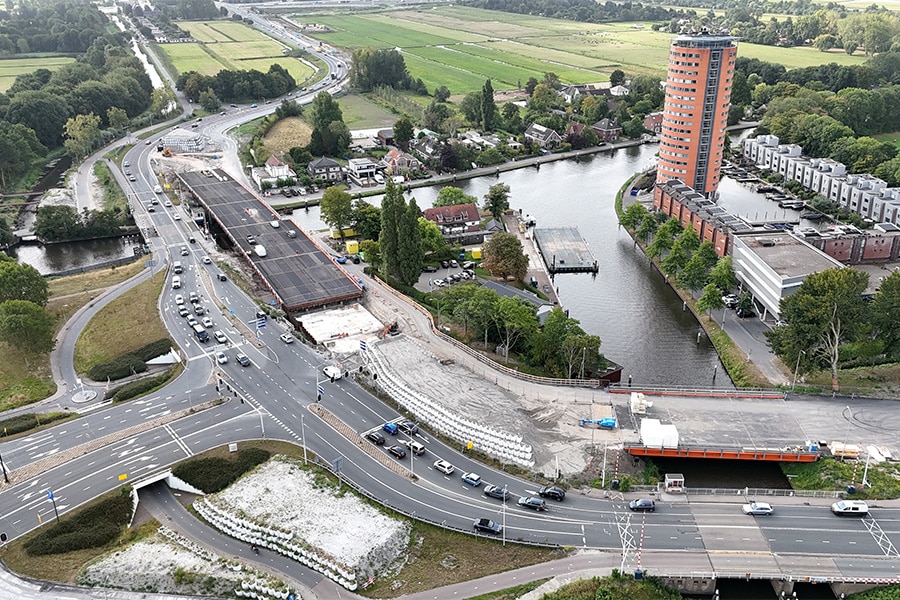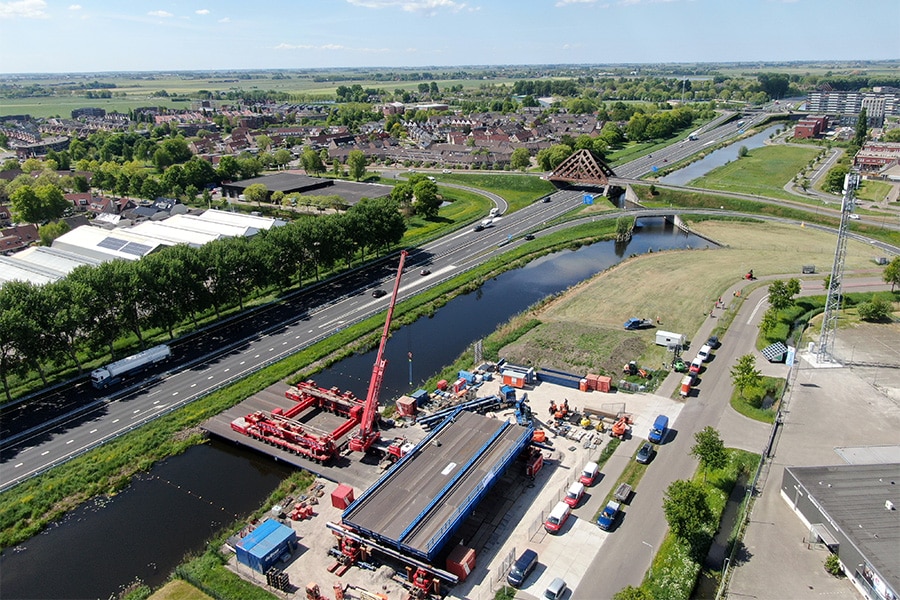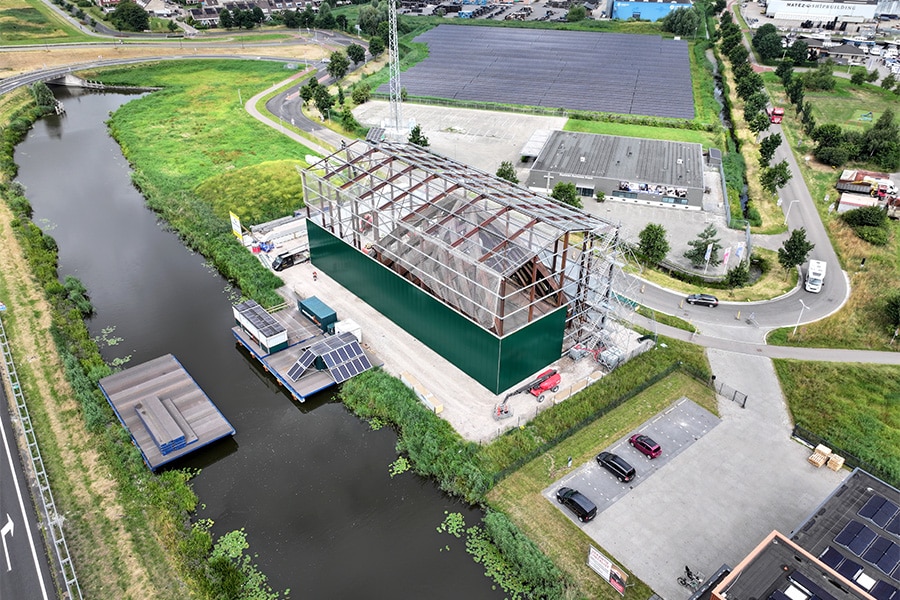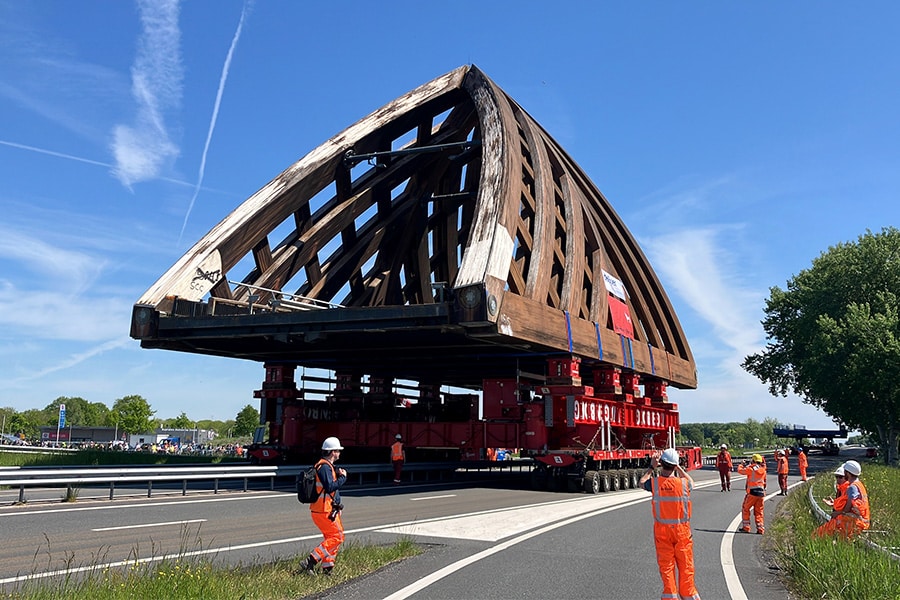
Traffic and Tunnel Technical Installations RijnlandRoute considered in more detail
COMOL5 is constructing the first section of the RijnlandRoute on behalf of the province of South Holland. This section includes the construction of the new N434 between the A44 and the A4 near Leiden, with a bored tunnel under Voorschoten and modifications to the A4 and the A44. The COMOL5 consortium consists of an international contractor combination of the TBI companies Mobilis and Croonwolter&dros, VINCI Construction Grands Projets and DEME Infra Marine Contractors. We speak with VTTI project manager Benjamin Mooijaart on Croonwolter&dros' work.
"What is unique is that the four participating parties in COMOL5 are all shareholders for 25%. Croonwolter&dros also entered into it heavily risk-bearing in order to have a good voice within this project. Croonwolter&dros is the responsible party for the entire VTTI, the traffic and tunnel technical installations," Mooijaart opens the conversation.
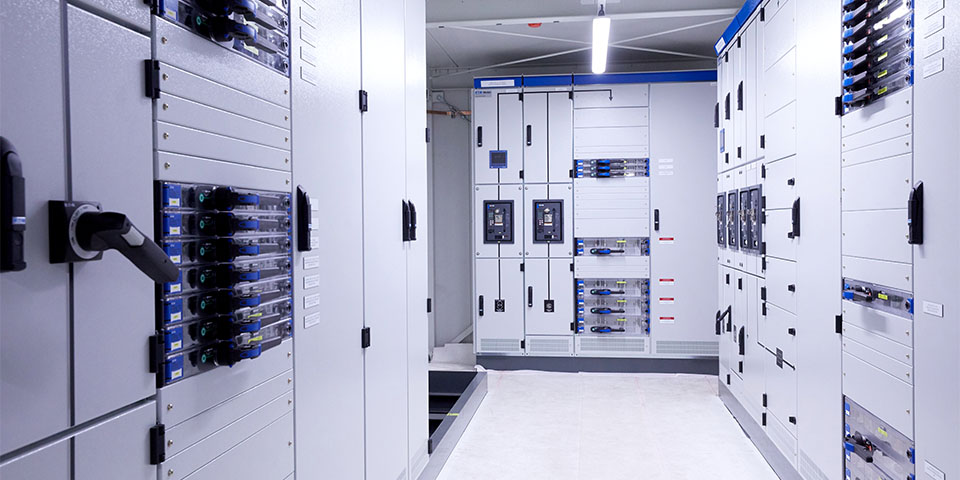
One of the 26 modules of the TTI installations, again fully assembled and functioning in real time in Eindhoven. They will soon be placed in their respective locations in the tunnels and connected.
Mid-August start to install
When asked about the schedule for starting the installation work for the tunnel, Mooijaart replied, "According to the current schedule, we should start building the installations in the first cable and pipeline channel in the first drilled pipe in mid-August. Given the Corona conditions worldwide, I cannot say whether we will meet this start date for the TTI work, but of course we are striving with all our might."
In the tube already drilled, preparations are being made for the installations: "Civil is laying the cable and pipe duct there. This measures 140 cm wide and 210 cm high, which is the profile of the free space we have at our disposal within the 11 meter diameter of the tunnel. The various cable ducts (10kV, 690V, 400V/230V and low-voltage/data/glass fiber) all come on one side, along with the discharge pipes for draining water in the tunnel, via gullies in the road surface of the traffic pipe. Also, the fire-extinguishing pipes will be on the same side, supplying the auxiliary post boxes in the traffic tube with water. There will be a 10kV connection between service buildings west and east for the distribution of large capacities and there will be several 690 Volt cables to feed the fans, among other things. There will also be a lot of 400 Volt/230 Volt and low-voltage, data and fiber optic cables."
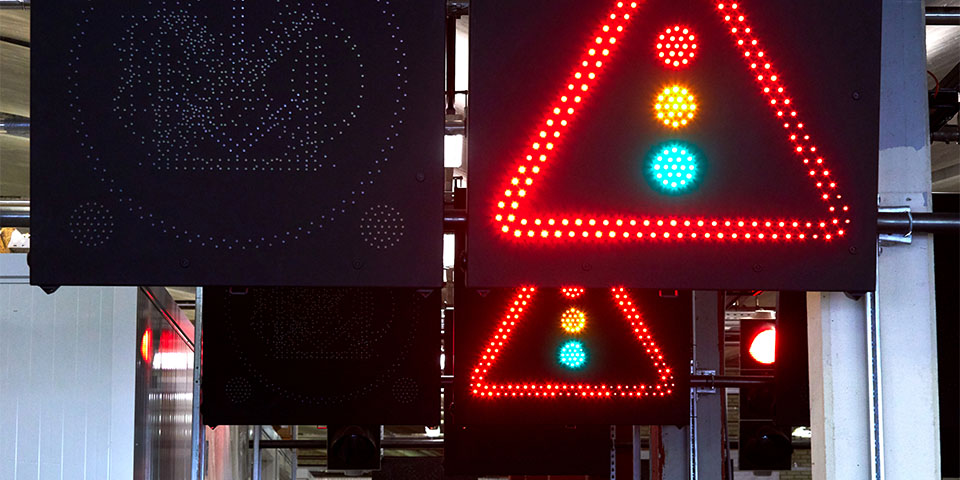
The matrix signs for the tunnels were also tested in real time in Eindhoven.
All processes are linked to systems
On the other side of the cable and pipeline channel, a so-called E niche is provided every 50 meters. Mooijaart explains: "This is where all the components and cabinets are hung. From those cabinets, all the components needed to control the tunnel are fed. Between all the cabinets in the E niches is a fiber optic connection, for data traffic in two directions. A good example of deployment is when a road user opens an auxiliary box. Then a signal is sent through the service building, which automatically sends a signal back to the nearest camera, which then automatically focuses on the appropriate auxiliary box. Another example is when the visibility measurement system/air quality measurement system sounds an alarm. With reduced visibility, tunnel ventilation is then automatically started. Any smoke is blown out of the tunnel for good visibility." And speaking of good visibility... There is no shortage of innovation. Everything is also dedicated to sustainability. One great development is Solar Optic Fiber. The RijnlandRoute is the first tunnel in the world where light is captured by GPS-controlled lenses on the tunnel, which rotate with the sun. This light is transported via fiber optics to light units located at the tunnel entrances. Mooijaart: "This drastically reduces the energy consumption to light the tunnel entrances. That light is needed to minimize the transition between the tunnel and the outside world for the motorist's eyes."

Benjamin Mooijaart, VTTI project manager.
The cables are actually the nerve pathways to the service buildings. "All processes in the tunnel are linked to systems. The service buildings are in turn linked to the traffic control center in Rhoon, from there everything is controlled, monitored and operated, according to the '3B system'. Control, Monitoring and Operation. The TTI installations in service buildings are completely modular in 26 linked modules, 17 for service building East and 9 for service building West. These modules were all built at COMOL5 in Eindhoven and tested with the actual systems." "At the end of March 2022, the entire civil and technical assembly of the tunnel should be ready so that the testing period can be started and the tunnel can be opened to traffic at the end of 2022, depending on current conditions of course." COMOL5 then has a 15-year maintenance contract after opening, with Croonwolter&dros remaining responsible for the maintenance of the installations," Mooijaart said in conclusion.

Fully tested in Eindhoven: the cameras wait patiently to do their work in the tunnels soon.
Heeft u vragen over dit artikel, project of product?
Neem dan rechtstreeks contact op met Croonwolter&dros.
 Contact opnemen
Contact opnemen
